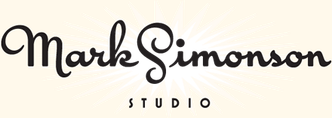Mark’s Notebook - Page 19
I attended two events tonight.
The first was (nominally) a Type Tuesday event, but really a Minneapolis Institute of the Arts / AIGA Minnesota event: “What Fonts Say” featuring Craig Eliason, talking about where type designers get their ideas, going back to Gutenberg, and Chank Diesel, talking about where he gets his ideas. Which was fine and enjoyable.
Afterwards, we headed to the Minnesota Center for the Book Arts in Minneapolis (after stopping for gas) and attended a reunion of people who have worked for the Utne Reader, which was founded almost 30 years ago.
Not everyone who ever worked there attended, but a lot more than I expected. Some I hadn’t seen since the late 80s, when I parted ways with the magazine. Eric Utne was there, of course, but I was surprised and delighted to see so many people from the early years, when I was freelancing as its designer/art director.
Eric managed to get a bottle of 30-year-old scotch for the old-timers. First time I’ve tasted scotch in at least that long, and I’m glad he got it. I might change my mind in the morning.
I’ve got mixed feelings about my time with the Utne Reader for reasons I won’t get into, but I met the love of my life there and worked with a lot of really great people. It was a blast to see them again.
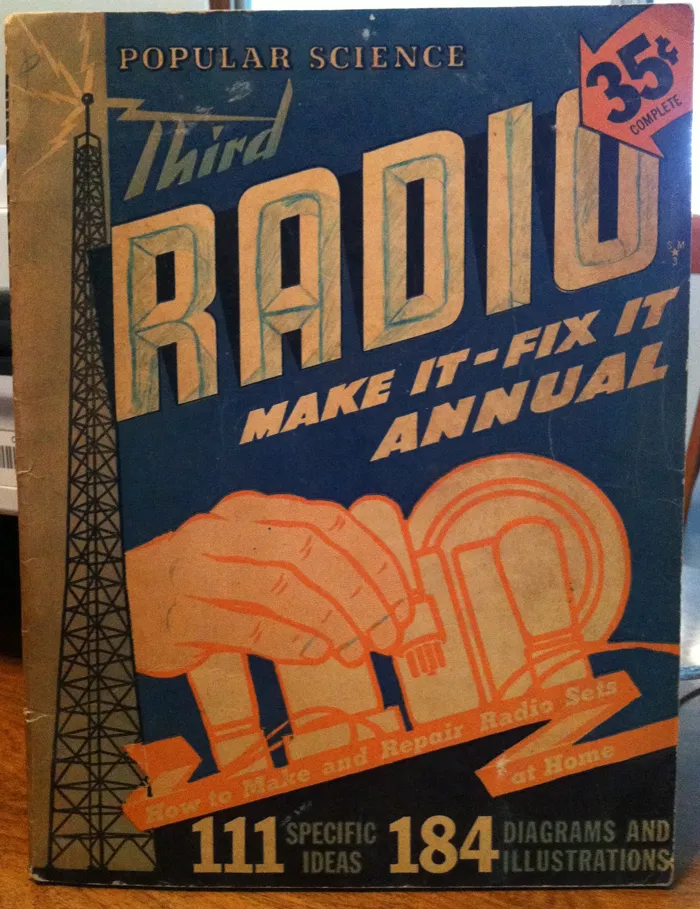
Photo taken on July 11, 2011 in Newark Valley, New York. Notice the custom 3-D effect added by the owner of this book.
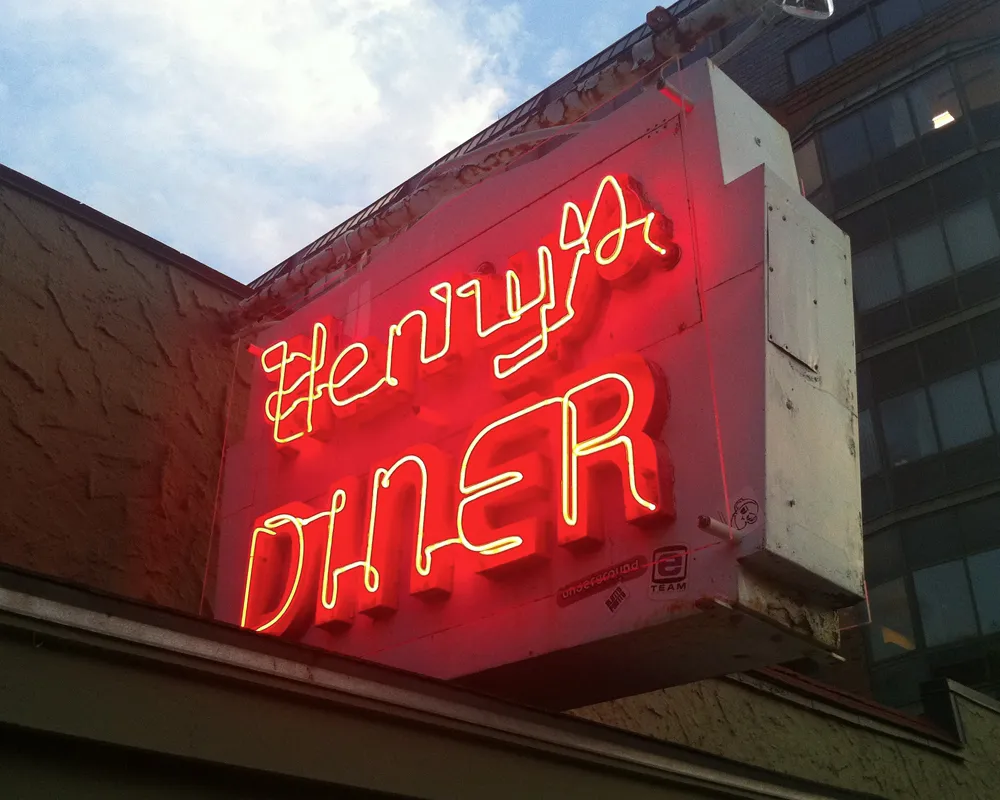
Photo taken on July 17, 2011 in Burlington, Vermont. This photo has been on the lock screen of my phone pretty much since I snapped it.
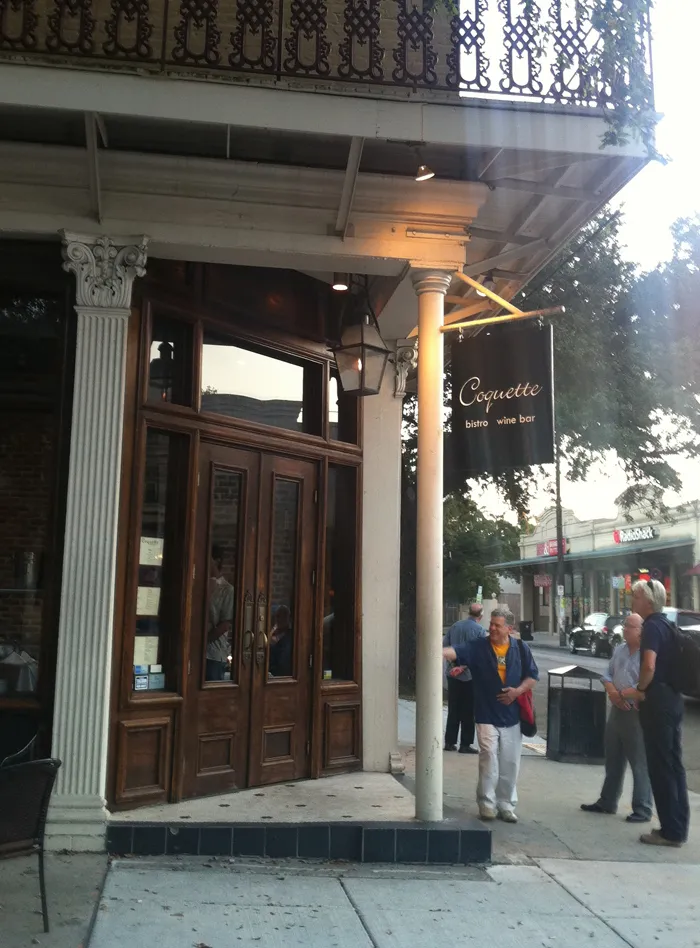
I had one of those moments that only a type designer can have last summer during TypeCon 2011 in New Orleans. After attending a gallery reception at Mystic Blue Signs, a group of us headed on foot in search of a particular recommended restaurant that was about six blocks away. When we were almost there we spotted this:

John Downer, who was with us, immediately went inside and got us a table. Normally, we would need a reservation, but apparently the idea that the designer of the typeface Coquette had stumbled onto upon the Coquette Bistro Wine Bar amused them as much as it did us.
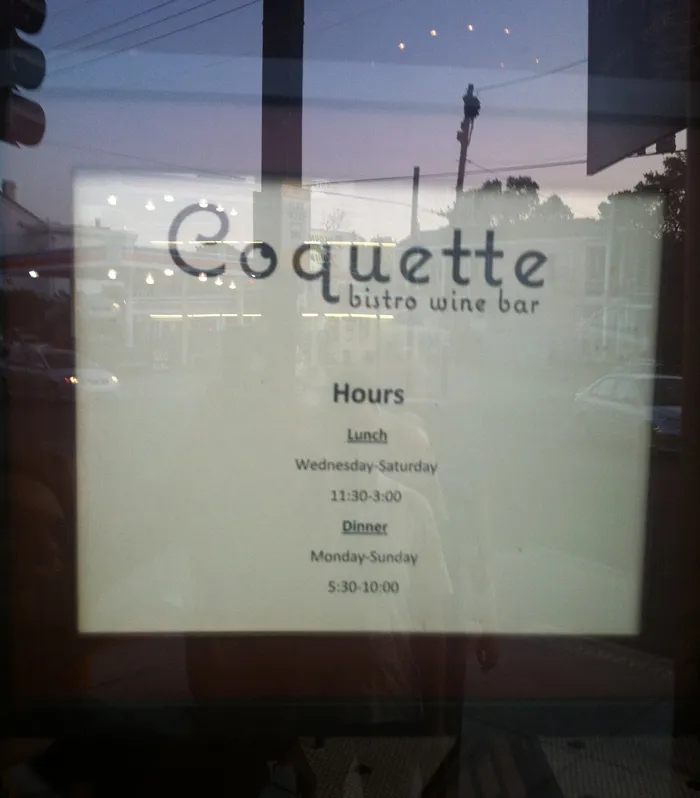
The other diners (besides John) were Petr van Blokland, Roger Black, Delve Withrington, Ronald Arnholm, and William Berkson. The meal was excellent, which shouldn’t have surprised us. We learned later that it was one of the top-rated restaurants in New Orleans. Anyway, it made my day.
This hand-drawn chalk sign outside was cool:
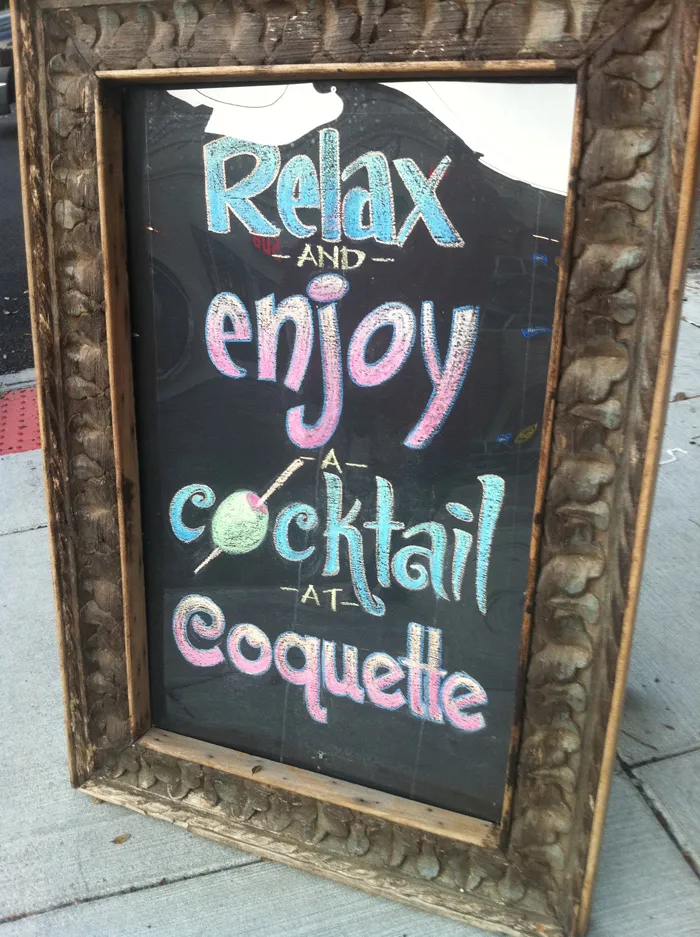
I’ve heard this movie compared to Mad Men—or maybe it was the other way around. I didn’t like this as much as Mad Men. In spite of great characters and great acting (the neighbors’ crazy son was great), and beautiful photography, it just didn’t do much for me. The principle characters, a married couple played by Kate Winslet and Leo DiCaprio, have two kids, but the kids might as well have been played by extras and barely appear in the movie. Maybe it was intentional and meaningful, but it seemed weird.
Anyway, you probably don’t come here for my review (the movie’s a few years old after all). You came for the dirt on the typographical props.
The movie is set in 1955, so there’s lots of opportunities to get things wrong. It wasn’t too bad for the most part—a lot like Mad Men in fact. The general effect is good and authentic, but things kind of fall apart in the close ups, especially in HD. (The prop people must hate HD.) Magazines look like what they are—fifty-year-old magazines. Same with other vintage ephemera. There didn’t seem to be a lot of typographic props made for the movie. I did catch one klinker, a “for sale” sign:
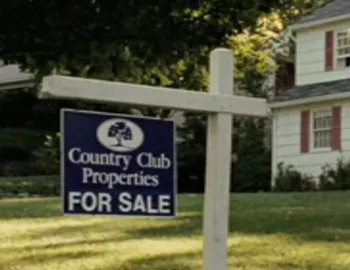
That’s ITC Garamond (1976) and Helvetica (1959). Did I mention the music was pretty?
I was going through some old papers today and found this:
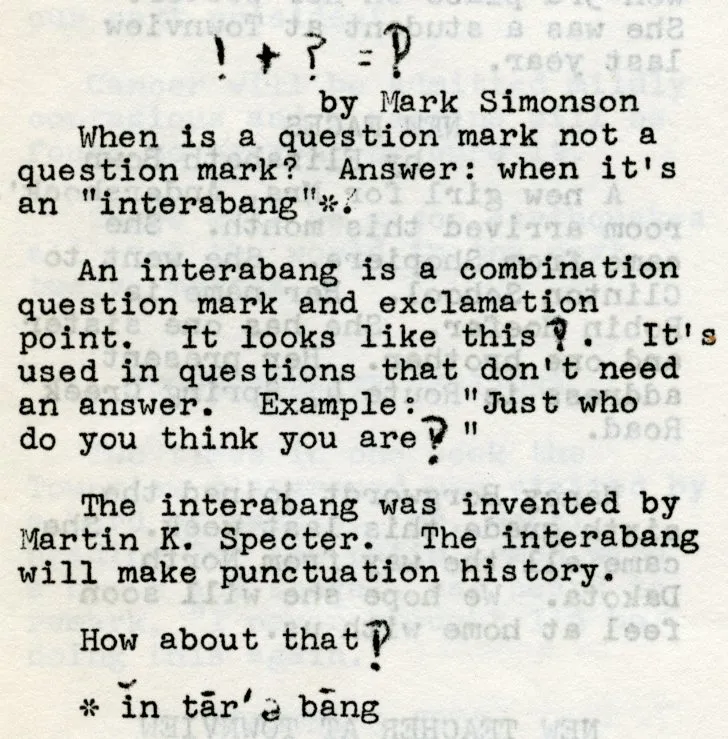
It’s a short article I wrote that appeared in the November 1967 issue of Town Views, the student newspaper at the elementary school I attended. I was 11 years old at the time.
As I recall, I heard about the interabang* from a newsletter my dad used to bring home from work. It was published by Falk, an industrial company that made forklifts or something. But always had interesting topics. I remember seeing M.C. Escher’s work for the first time in one issue.
Seeing this again I realized it’s probably the first type-related thing I ever wrote. I’m sure at the time I just thought it was interesting.
*This is an alternate and apparently older spelling that still appears in some dictionaries—usually it’s spelled “interrobang” today.
